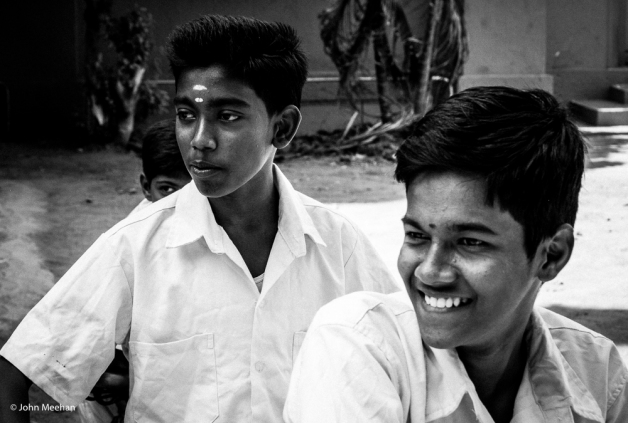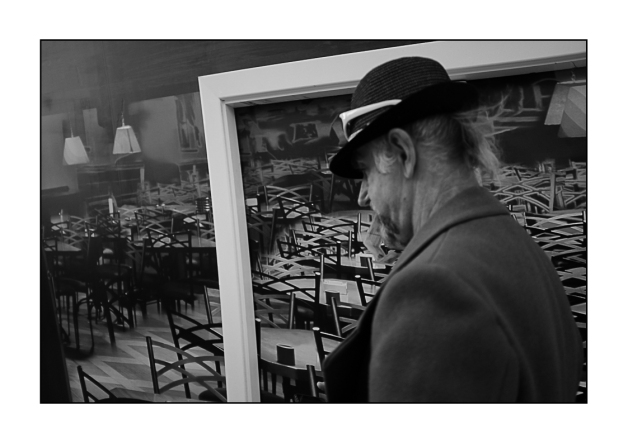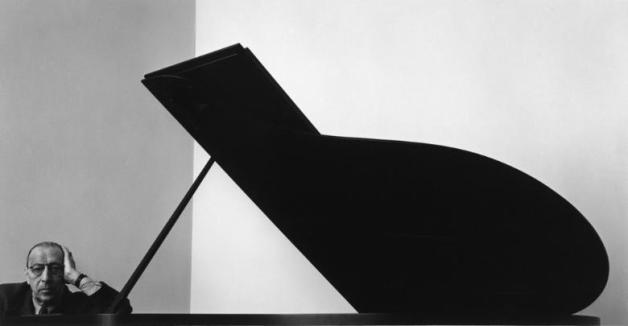
Like any other cultural practice, street photography is a product of its time and place. Familiarity with the history of the genre and its varied traditions makes photographing in different places all the more interesting. It’s fascinating to consider how places have changed visually and if – as an outsider – we can capture defining aspects of the contemporary culture as earlier local photographers did in their times. Continue reading












